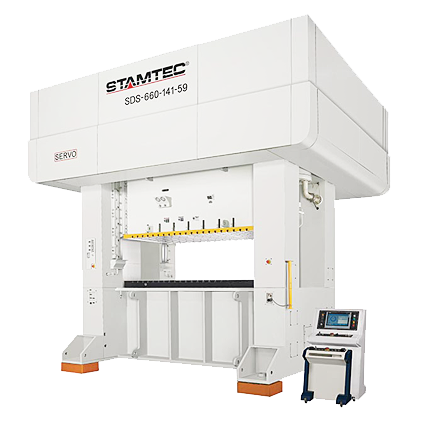
A straight sided press is designed with two side frames and a slide operated by cranks, eccentric cams or toggle links. It’s used for various punching and shearing work.
Hydraulic presses provide a wide range of features and options to meet your needs. From dwell timers to ejection cylinders, touch screen control to servo press system adaptability, hydraulic presses can be tailored for your applications.
Strength
A straight sided press is a type of stamping machine that is used to perform different types of tasks. They are commonly used for stamping aluminum, high-strength steel and other materials.
These presses have a superior frame construction and can run at high speeds. They are also designed to be able to perform millions of cycles per year.
Straight-side presses are typically framed by crown, slide and bed weldments that are bolted, welded or tie-rodded to large slabs of steel, called side plates. This reduces the amount of stretch in the frame and minimizes break-through shock.
This is important for applications that involve heavy blanking. It also helps eliminate yawning, which occurs when the frame flexes.
These presses are also often equipped with precision slide guiding, which may be able to counteract some of the problems that can occur during the stamping process, such as slide tipping and slide shimmy. This technology can improve press accuracy and extend the life of the tool set.
Precision
Straight sided presses, also known as C-frames, provide excellent accuracy and are used for a wide range of precision forming operations. They offer three access points to the die for easier operation and maintenance, along with easy evacuation of scrap metal and finished parts.
A straight sided press is the preferred choice for many applications because of its superior strength and rigidity. Its high-tonnage capacity is ideal for demanding production requirements and the rigidity of these presses ensures platen parallelism no matter what the bed size.
Some straight side presses are also designed with a pre-stressed housing. These are fabricated steel side housings that incorporate tie rods to reduce break-through shock by inhibiting frame stretch.
Komatsu offers a full line of straight side presses from 121 tons to 4000 tons. All models feature plunger guided slides for a minimum 30% longer die life, “keyless” splined power shaft connections, hydraulic slide lock to eliminate slide “creeping”- causing die height changes in heavy blanking operations, and force-cooled hydraulic clutch & brake.
Accuracy
Straight sided presses are used for a variety of tasks. They can perform bending, stamping, or piercing operations on sheet metal.
Depending on the application, the press can be configured to use a mechanical (see image at top), hydraulic, or servo-electric drive source. Each type of press offers different advantages and disadvantages.
For example, a mechanical press may not offer a precise way to guide the ram. Hydraulic presses are often a better option for applications that require a high level of accuracy.
A gib-guided frame, also known as a straight-sided press, features 8-point guidance to ensure that the ram stays square throughout the stroke. This is especially important in off-center loading applications, where the ram must remain parallel and square to produce the desired parts.
Versatility
A straight sided press is a type of stamping machine that uses localized compressive forces to form metal parts. This type of press is often used in the manufacturing of high-quality parts.
These presses are divided into four categories: flywheel, single geared, double geared and servo-electric. Each type of press can be configured with different frame designs, slide connections and drive systems.
This can include a C-frame or gap frame design. A C-frame (or gap frame) provides unobstructed access to the die space from three sides of the press.
It also allows for flow through production, allowing work to enter the front of the press and exit from the rear.
For high tonnage applications, Gib guided frames are the best solution for precise platen parallelism. Beckwood’s gibs are fully adjustable from left-to-right and front-to-back, ensuring precise tolerances throughout the ram guidance stroke.